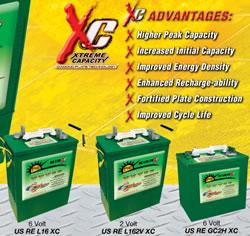THE BiSoN BIFACIAL PV SYSTEM SHOWS AN ENERGY YIELD OF +120% DURING THE FIRST MONTH
One of the first BiSoN bifacial systems to be installed shows more than double the amount of energy compared to the traditional monofacial system, during the first month of exposure. The data preview of the ISC Konstanz analysis.
Carmignano di Brenta (Padua - Italy), 23rd February 2016 - The first exciting results have emerged from one of the very first BiSoN bifacial module operating systems to be installed: during the first month of exposure (from 27/11 to 23/12) the average yield was 120% greater compared to a standard system, meaning that the bifacial installation produced more than double the amount of energy compared to the traditional installation made up of standard non-bifacial modules.
Although it cannot be defined as a true test as the two installations do not have identical characteristics (location, configuration, power etc.), it is still the first significant and trustworthy estimation of the real production capacity of the bifacial photovoltaic modules. The statistics speak clearly and demonstrate a daily average production of 1.8 kWh/kWp made by the bifacial BiSoN modules compared to a 0.8 produced by traditional monofacial modules. ISCs Joris Libal explains that this noteworthy difference is due to the fact that during winter there is a high incidence of diffused light caused by cloudiness: in this situation the traditional monofacial photovoltaic module has a low production, only from the front, whereas the bifacial module can also rely on the contribution from the rear side. In sunny conditions this difference would be less significant as the front efficiency of the module would be proportionately bigger.
Making a yearly projection, ISC estimates that the efficiency yield of this installation with bifacial BiSoN modules should be between +25% and +40% with very high peaks during the winter months, as already demonstrated, or during very cloudy days.
The greater productivity of the bifacial BiSoN module compared to the traditional monofacial concept, especially during days with a poor level of irradiation, demonstrates that the highly efficient bifacial technology, of which MegaCell is a world-leading pioneer, surely represents the future of the photovoltaic industry.
Featured Product

